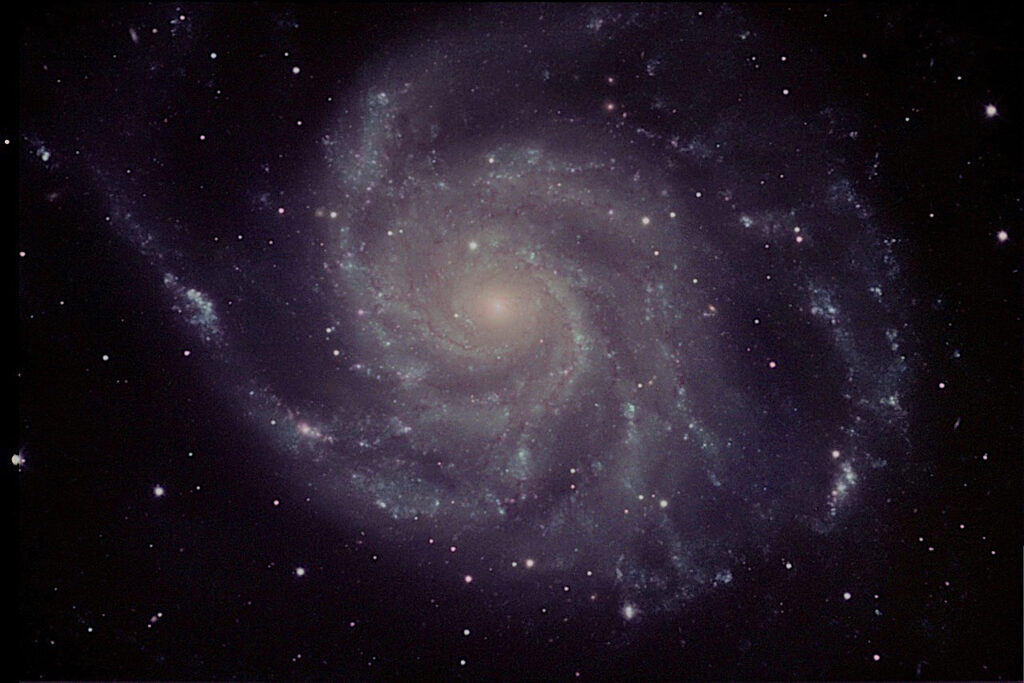Cepheid variables are stars that "pulsate," becoming progressively brighter and then dimmer at regular intervals ranging from 3 days to 50 days. They were first detected by the 21-year-old English astronomer John Goodricke in 1784, and were named "cepheid variables" because the first such star detected by Goodricke was Delta Cepheus.
Goodricke lost his hearing as a young child due to a bout of scarlet fever, and while he learned to converse through lip reading, his aristocratic family never fully accepted him. He died of pneumonia at age 21, and was buried in the family plot. His tombstone reads simply, "J.G."
In time, cepheid variables would become a powerful tool in measuring the universe. The first step came in 1912 when Henrietta Swan Leavitt, a clerk at the Harvard Observatory, discovered a relationship between the brightness and "period" (length of pulsation) of cepheid variables. Leavitt discovered that the apparent brightness (luminosity) and period of cepheid variables were directly related--the brighter the star, the longer the period. This relationship became known as the "luminosity-period relationship."
A few years later, in 1917, astronomer Harlow Shapely (born in a dirt-floor shack on a small farm in southwest Missouri) was able to correlate the periods of cepheid variables with their true magnitudes by examining a few close cepheids whose actual distances were known by geometric triangulation. He developed a distance modulus equation that computes distance so long as both apparent and absolute magnitude are known. For the first time, the limiting chains of triangulation were broken, and distances to the galaxies could be computed!
Cepheid variables become the universe’s “yardstick,” and they are commonly used today to measure distances to 75 million light years or so. These measurements, and distances, are improving each year thanks to very accurate studies of cepheids made by the Hubble Space Telescope (HST). In 1994, the HST made highly accurate measurements of cepheid variables in the galaxy M101 in Ursa Major (shown above), and computed its distance (using a distance modulus equation created by Shapely) as 27 million light years, or 150,000,000,000,000,000,000 miles.
M101 is a magnificent "face on" spiral galaxy. If you look closely at the image, you will see several "knots" of stars embedded in the spiral arms. Ten of these have been given separate NGC designations. The image clearly shows several "HII" regions in the galaxy, in the spiral arms, where star formation is occurring.
The Pinwheel Galaxy (M101) in Ursa Major
Date Taken:April 2016
Location Taken:Misti Mountain Observatory, NW Arizona
Conditions of Location: Equipment Used:32" Ritchey-Chretien telescope, SBIG STL11000 CCD camera
Processing Used:Image acquisition by Jim Misti, processing by Richard Hammar using Maxim DL and Photoshop
Distance from Location:27 million light years
Constellation:Ursa Major
Other Link:
